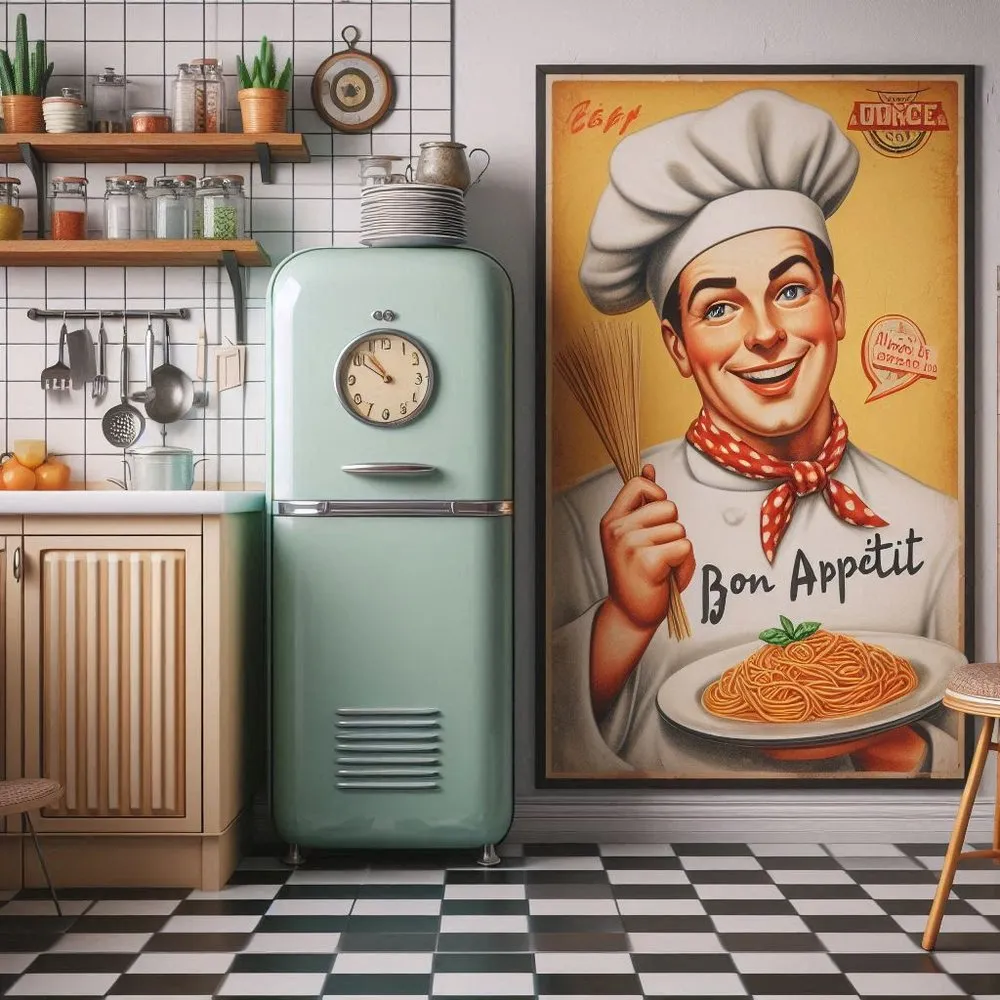Defining Retro Kitchen Decor
Retro kitchen decor is a delightful journey back in time, embracing the charm and aesthetics of past eras, primarily the mid-20th century. This design style focuses on recreating the vibrant colors, unique materials, and iconic appliances that defined kitchens of the 1950s, 1960s, and 1970s. It’s more than just decorating; it’s about creating a space that evokes nostalgia and a sense of fun, while still being functional and practical for modern living. The beauty of retro design lies in its versatility, offering a variety of themes and styles to suit individual tastes, from the sleek lines of the Mod era to the cozy comfort of a classic diner. Whether you’re a seasoned interior designer or a home improvement enthusiast, understanding the core elements of retro kitchen design will allow you to transform your space into a stylish and inviting haven.
Understanding the Key Design Elements
Creating a successful retro kitchen involves understanding the key design elements that define the style. These elements work together to create the authentic look and feel that is so characteristic of retro design. From color palettes to materials, and appliances, each choice contributes to the overall aesthetic. These elements are not just decorative; they play a significant role in establishing the mood and functionality of the kitchen.
Color Palettes
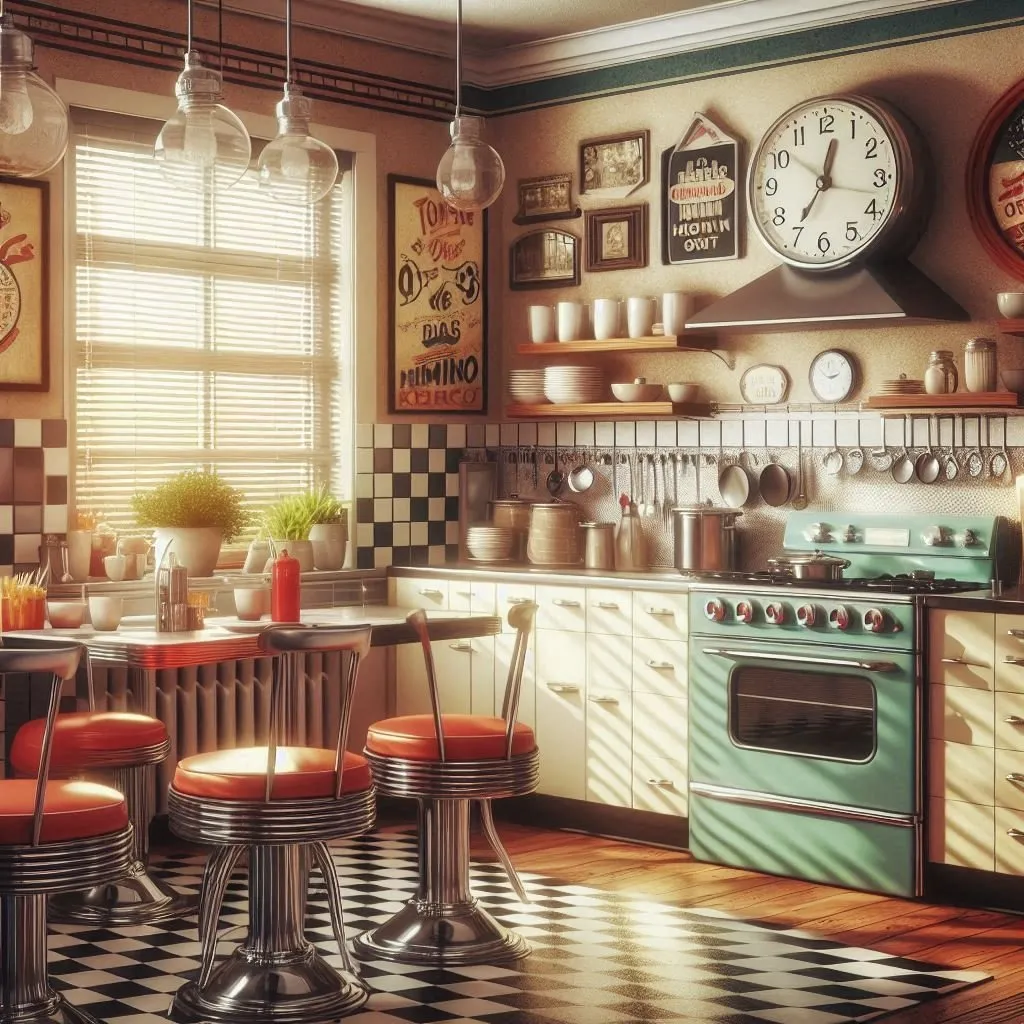
Color is paramount in retro kitchen design. Bold and vibrant hues were a hallmark of the mid-century, with shades like turquoise, cherry red, sunshine yellow, and avocado green dominating the scene. These colors were used extensively on appliances, cabinetry, and decorative elements. Pastel colors also made a significant appearance, providing a softer contrast to the brighter shades. When choosing a color palette, it is crucial to consider the era you are trying to emulate. For example, the 1950s favored pastels and bold primary colors, while the 1970s embraced earth tones and burnt oranges. Using the right color combination can immediately transport you back in time, setting the stage for the rest of your design.
Materials
The materials used in a retro kitchen also play a significant role in establishing the overall design. Formica countertops, with their bright colors and patterns, were a staple in the 1950s and 1960s, offering a durable and stylish surface. Chrome accents were also frequently used on appliances, cabinet hardware, and decorative items. Linoleum flooring, often in bold patterns or solid colors, was another popular choice, adding to the retro aesthetic. These materials provided a contrast to the sleek appliances, making the kitchen both visually appealing and functional. The choice of materials helps to reinforce the style and adds to the authenticity of the retro kitchen.
Appliances
Appliances are a key part of a retro kitchen, often serving as focal points. Vintage-style refrigerators, ovens, and toasters in vibrant colors are extremely popular, adding both style and functionality. Brands like Smeg, with their retro-inspired designs, offer modern appliances that perfectly capture the vintage aesthetic. Even if you are not able to find genuine vintage appliances, there are many modern appliances that pay homage to the styles of the past. These modern takes on retro appliances provide the perfect blend of historical aesthetics with contemporary functionality. Selecting appliances that match the color scheme and design of the kitchen is essential for achieving the desired retro look.
Iconic Retro Kitchen Styles
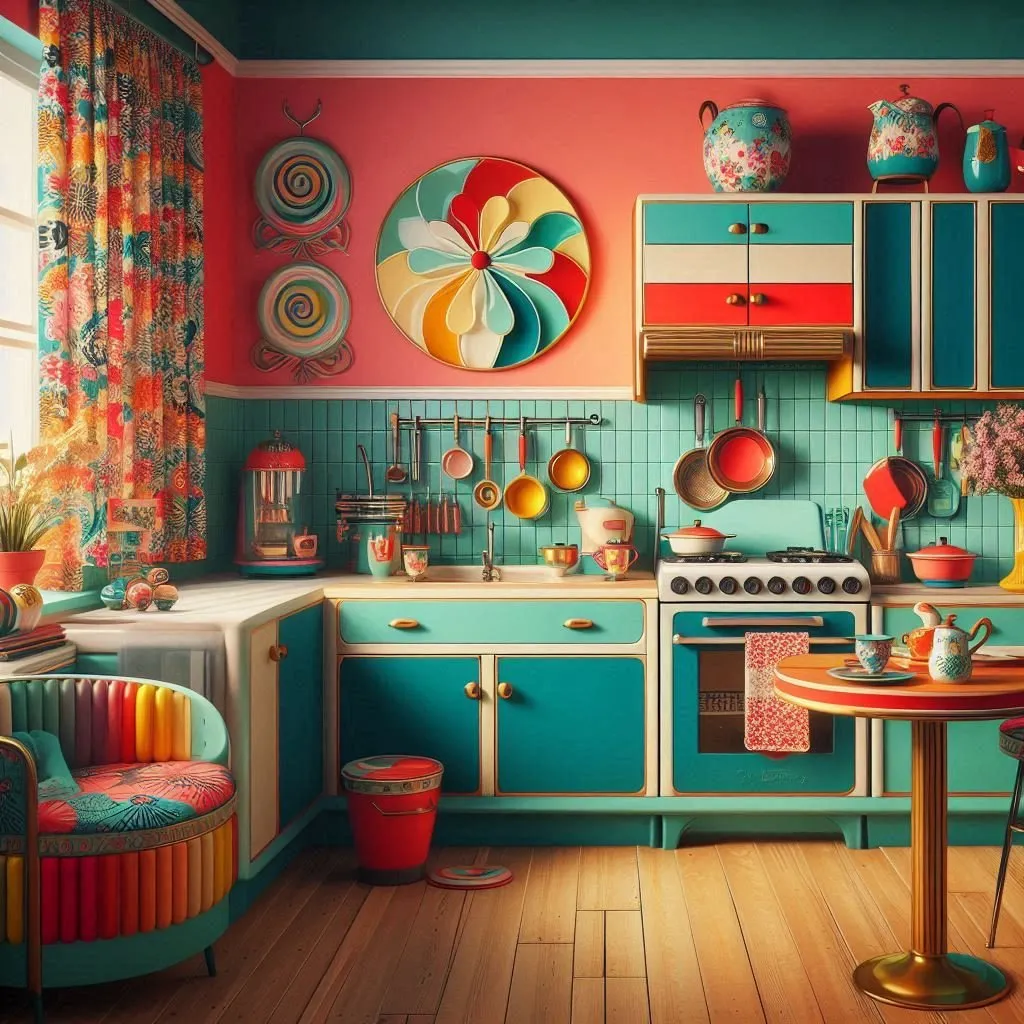
Retro kitchen design offers various styles from which to draw inspiration, each with unique characteristics and appeal. Understanding the different eras and their associated design elements can help you to create an authentic retro kitchen. Each style brings its own distinct charm and character, allowing you to personalize your space to reflect your taste. From the playful energy of the 1950s to the bold sophistication of the 1960s and the warm earthiness of the 1970s, there is a retro style to suit every taste. Here are some of the most popular retro kitchen styles.
The 1950s Diner Style
The 1950s diner style kitchen is all about capturing the charm and energy of the classic American diner. This style focuses on creating a bright, cheerful, and inviting space, perfect for family gatherings and casual meals. It is all about creating a space that evokes feelings of nostalgia. This style offers an inviting and familiar atmosphere, making it a popular choice for many homeowners. The diner-style theme is easily adaptable, offering a blend of nostalgia with a modern touch, making it perfect for today’s living.
Key Features of 1950s Decor
Key features of the 1950s diner style include checkered floors, often in black and white, to create a classic diner look. Chrome accents are heavily incorporated in appliances, cabinet hardware, and decorative items. Red, turquoise, and pastel colors are central to the color scheme, often used on cabinetry, appliances, and accessories. Booth-style seating, reminiscent of diner booths, is ideal for a casual dining area. Consider using formica countertops in bright colors and patterns, complemented by decorative elements like vintage clocks, and retro signs to create a vibrant and lively kitchen space.
Implementing the Diner Theme
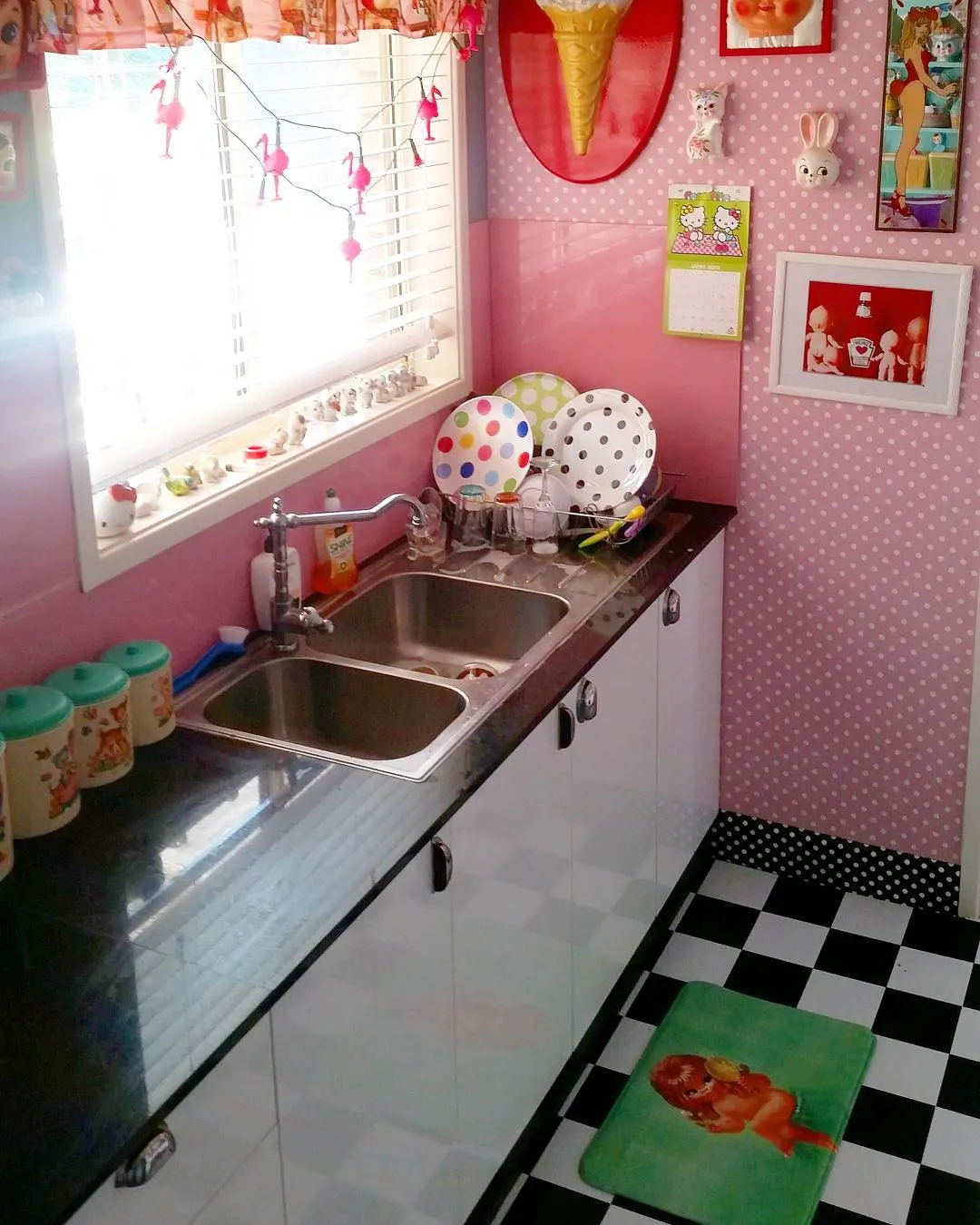
Implementing the diner theme involves incorporating key elements to capture the classic diner ambiance. Install checkered flooring, add a diner-style booth or seating, and select appliances in vibrant colors like red or turquoise. Use chrome accents on cabinet hardware and decorative items. Incorporate retro signs, vintage clocks, and other accessories that enhance the diner aesthetic. You can also use a combination of Formica countertops and pastel-colored walls, and consider pendant lighting over the dining area for a true diner feel.
The 1960s Mod Kitchen
The 1960s Mod kitchen embraces the sleek, sophisticated, and futuristic aesthetic of the era. This style is all about clean lines, bold colors, and geometric patterns, reflecting the era’s fascination with modern design. This style is ideal for those looking to create a stylish and edgy kitchen space. The mod style can incorporate bold patterns, making your space stand out with its unique and chic flair. The 1960s mod kitchen is a timeless choice for its unique blend of fun and sophistication.
Key Features of 1960s Decor
Key features of the 1960s mod kitchen include a color scheme that includes bold, vibrant colors like orange, lime green, and electric blue, often combined with neutral backgrounds. Geometric patterns are used on wallpaper, flooring, and textiles, creating a visually stimulating environment. Sleek, minimalist cabinetry with clean lines and minimal hardware is a staple. Consider using chrome or stainless steel accents on appliances and accessories, and incorporate furniture with geometric shapes and modern designs. Add decorative elements that reflect the era, such as pop art, and modern lighting fixtures to complete the mod look.
Implementing the Mod Theme
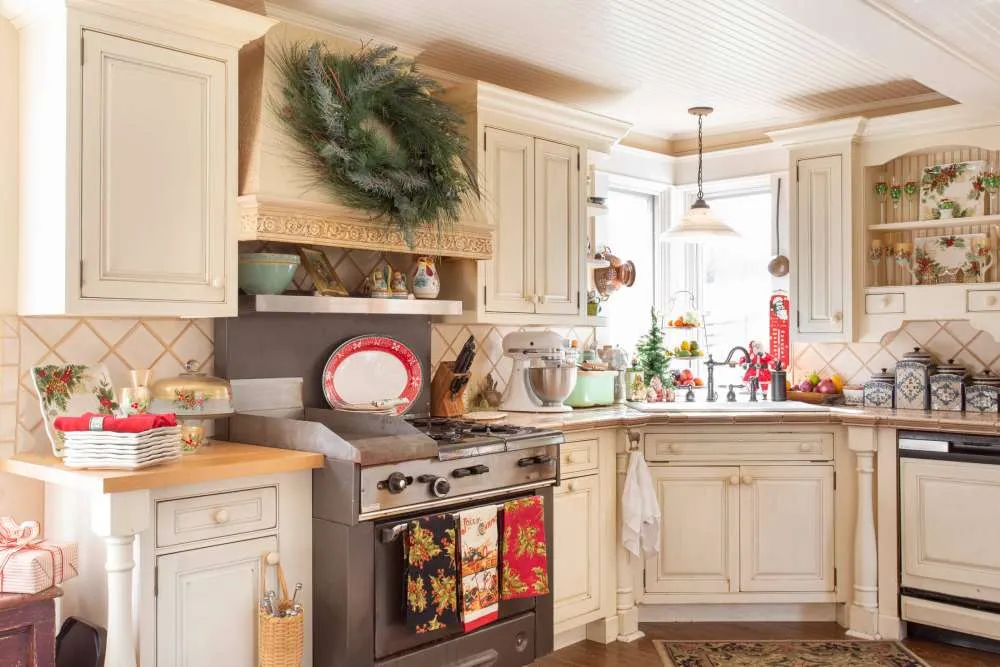
Implementing the mod theme involves incorporating a clean, minimalist design with bold colors and geometric patterns. Start by choosing a vibrant color palette and using it on cabinetry, appliances, and accent walls. Use geometric wallpaper, flooring, and textiles to create a visually dynamic space. Install sleek cabinetry with minimal hardware. Add stainless steel or chrome accents, and choose furniture with geometric shapes. Incorporate pop art, modern lighting fixtures, and other decorative elements that reflect the spirit of the 1960s.
The 1970s Eclectic Kitchen
The 1970s eclectic kitchen is all about embracing a warm, cozy, and slightly bohemian vibe. This style incorporates earthy tones, natural materials, and a mix-and-match aesthetic that creates a relaxed, inviting atmosphere. The 1970s style also embraced a wide array of textures, from wood paneling to shag rugs. This style is perfect for those who want a kitchen that feels both stylish and comfortable, creating a welcoming space. The eclectic style lends itself well to personalization.
Key Features of 1970s Decor
Key features of the 1970s eclectic kitchen include a color palette dominated by earthy tones like avocado green, burnt orange, and mustard yellow. Natural materials such as wood paneling, and wooden cabinets are common, adding warmth. Macrame, shag rugs, and textured fabrics add to the cozy atmosphere. Bold patterns and wallpaper are used to add character, while vintage appliances in earthy tones complement the overall design. Consider using open shelving to display dishware and decorative items to enhance the eclectic look.
Implementing the Eclectic Theme
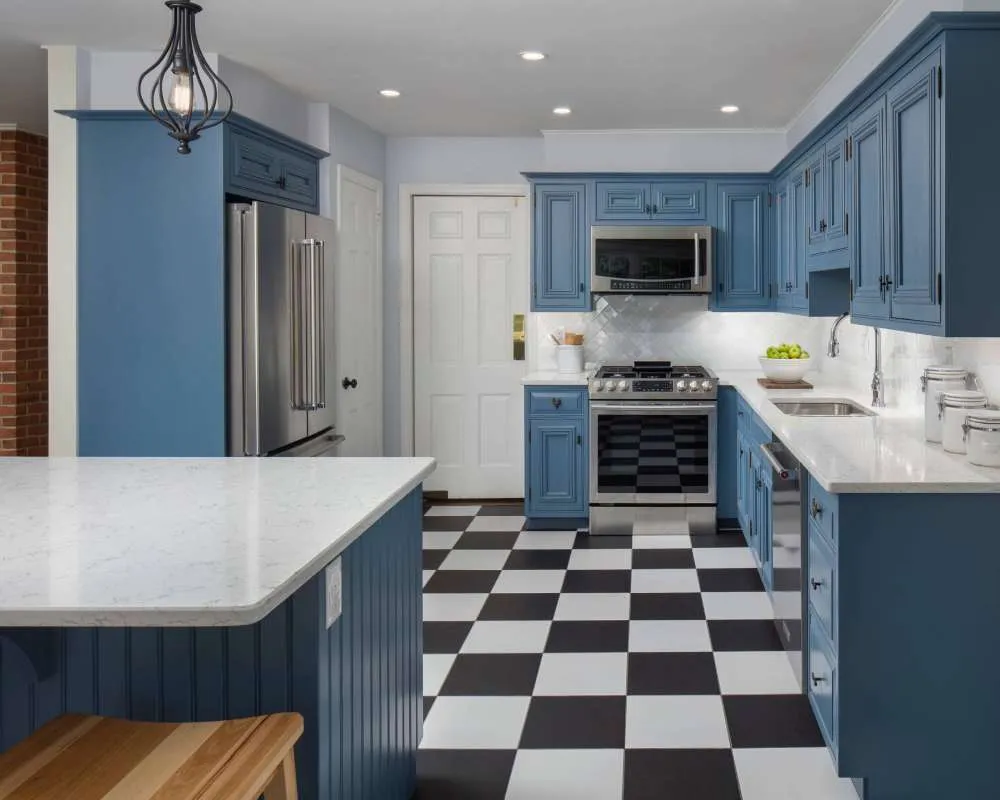
Implementing the eclectic theme means incorporating earthy tones, natural materials, and a mix-and-match design. Start by using an earthy color palette on walls, cabinetry, and appliances. Incorporate wood paneling, wooden cabinets, and natural textures like macrame and shag rugs. Use bold patterns and wallpaper on accent walls and in the dining area. Add vintage appliances in earthy tones, and consider open shelving to display dishware. Introduce a mix of textures and patterns to create a relaxed, inviting, and highly personalized kitchen.
Essential Retro Kitchen Decor Items
Selecting the right decor items is essential to fully embody a retro kitchen. From furniture to appliances and accessories, each element plays a crucial role in achieving the authentic retro look. These items are not just decorative; they bring a sense of nostalgia and personality to the space. Choosing the right essential items will help to create a space that is both functional and beautiful.
Furniture
Furniture plays a critical role in defining the character of your retro kitchen. Diner-style chairs and tables with chrome legs and vibrant upholstery are popular choices, along with Formica-topped tables. Consider a vintage-style breakfast nook with a built-in bench and a rounded table, creating a cozy and inviting dining area. Vintage bar stools, ideally with chrome accents, are a great addition to any kitchen island or breakfast bar. The right furniture choice is integral in creating the perfect retro space.
Accessories and Decor
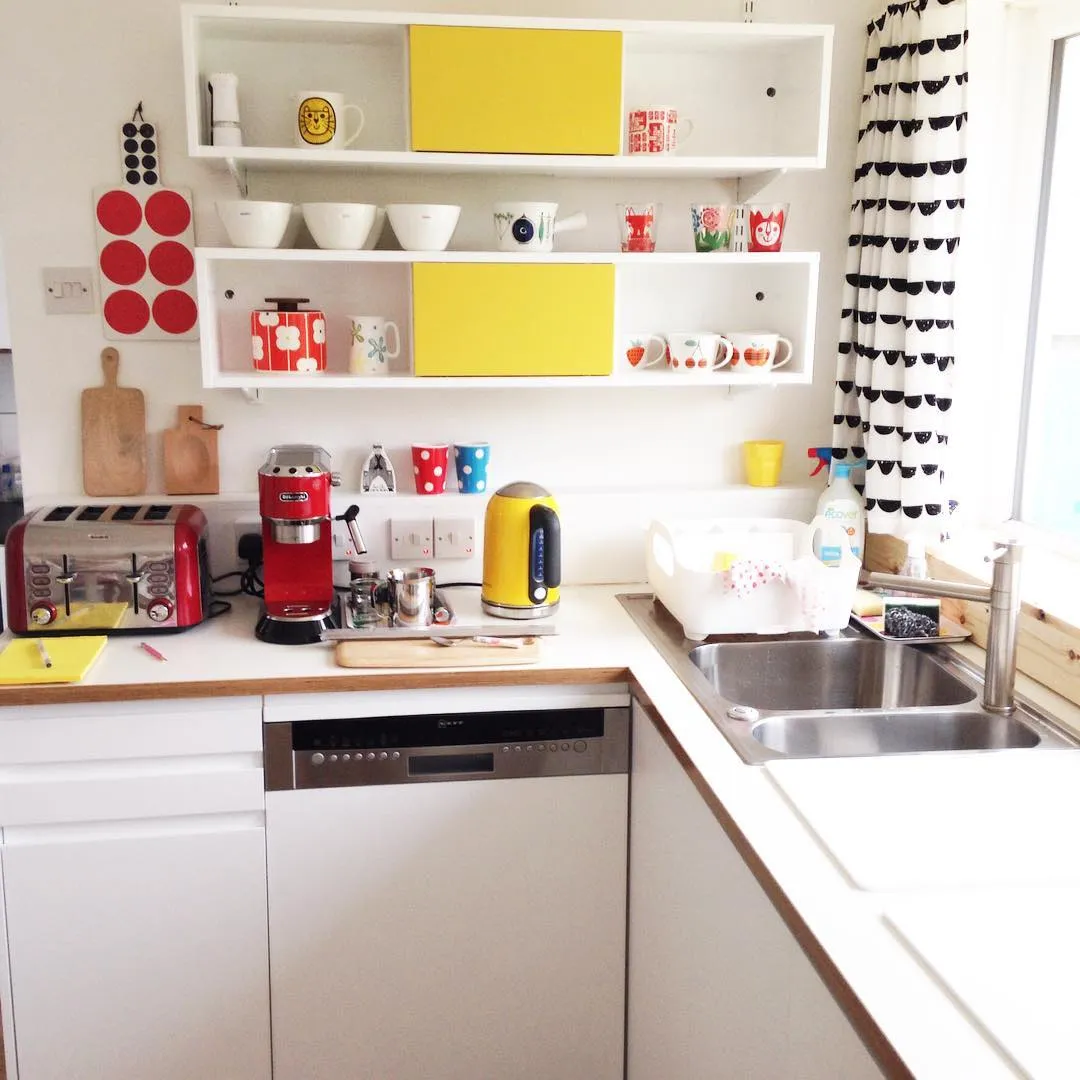
Accessories and decor are essential to enhance the retro theme. Vintage clocks, retro signs, and themed wall art immediately add personality and charm. Decorative canisters, cookie jars, and other kitchenware in retro colors and patterns can be used both for functionality and style. Consider adding patterned curtains, dish towels, and other textiles in retro prints. Displaying vintage cookbooks and collectibles can add to the charm of the space. Accessories serve as the finishing touches that ties the entire look together, making your kitchen feel both authentic and personal.
Appliances
Appliances are a significant aspect of retro kitchen decor, acting as focal points. Consider adding a Smeg refrigerator to enhance the style. Choose vintage-style ovens, toasters, and blenders in bright colors to complement your color scheme. Even if you cannot source genuine vintage appliances, many modern brands offer retro-inspired designs. Integrating appliances that match the overall aesthetic is essential for creating an authentic retro kitchen. Make sure the appliance colors coordinate with the rest of the design. Doing so will ensure a perfect blending of modern functionality with vintage design.
Tips for Incorporating Retro Decor
Incorporating retro decor in your kitchen involves careful planning and thoughtful execution. Whether you are undertaking a full renovation or just adding a few touches, these tips will help you achieve a stylish and authentic retro look. From mixing styles to sourcing items and planning your budget, these points will allow you to achieve the perfect look. The ultimate goal is to create a space that reflects your personality while maintaining a cohesive design.
Mixing Retro with Modern
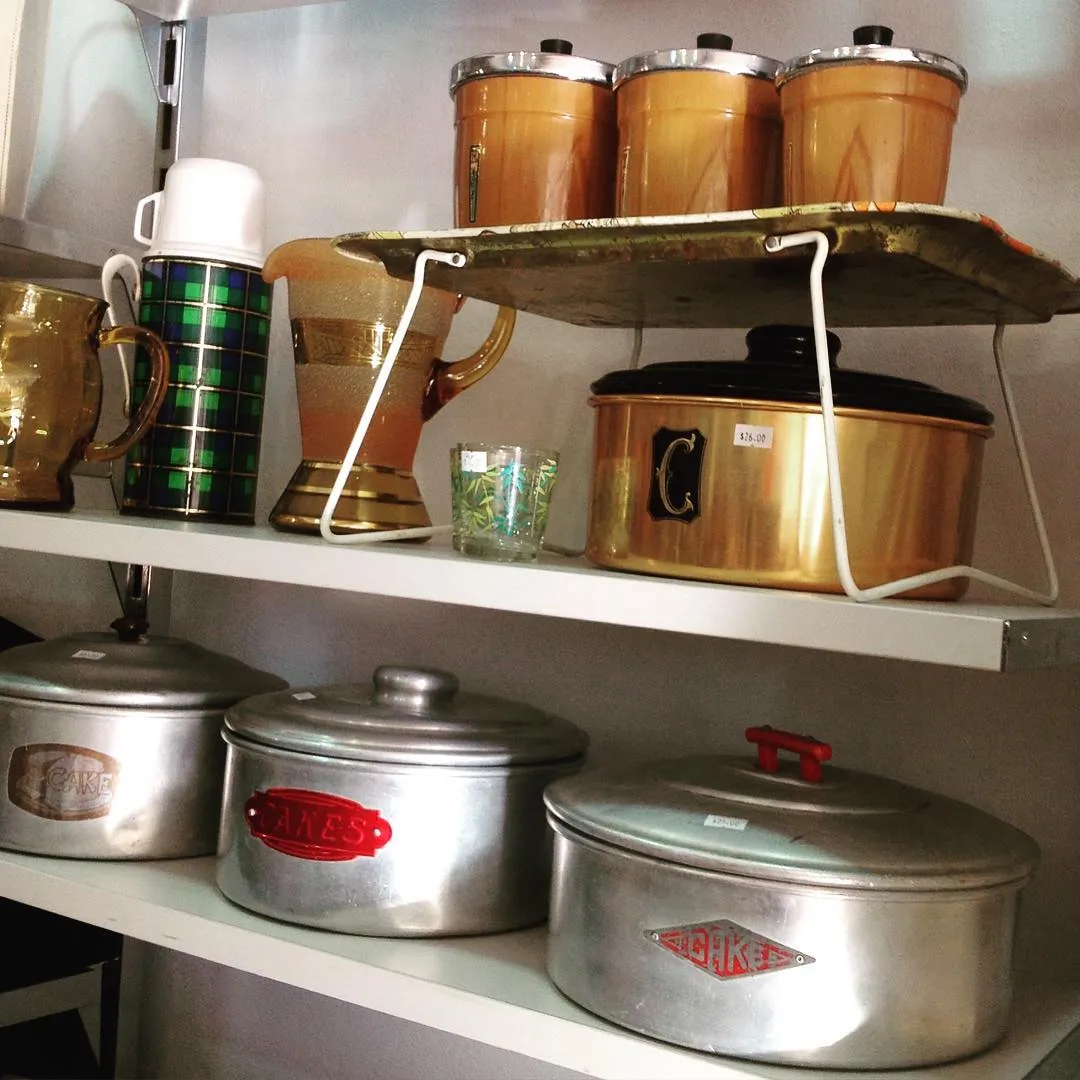
Mixing retro elements with modern design can create a balanced and stylish kitchen. Start by incorporating retro appliances or furniture as statement pieces while retaining contemporary cabinetry or countertops. Use retro color palettes and patterns but in moderation, balancing them with neutral backgrounds. Integrate modern technology and functionality, such as smart appliances, without compromising the retro aesthetic. This creates a harmonious blend of old and new, reflecting both the nostalgia of the past and the convenience of modern living.
Sourcing Retro Items
Sourcing retro items can be a fun adventure. Explore flea markets, antique stores, and online marketplaces such as eBay and Etsy for unique finds. Consider visiting vintage appliance stores or specialty shops that offer retro-inspired designs. Research local estate sales and auctions, which often feature vintage furniture and decor. Refurbishing vintage items can bring a unique character to your kitchen, and it also allows you to customize your space while incorporating a sustainable approach. Always inspect items carefully for quality, and be patient in your search for the perfect pieces.
Budgeting for Your Retro Kitchen
Budgeting for your retro kitchen is essential to ensure a successful renovation. Determine your budget before starting the project, and prioritize your purchases. Consider starting with smaller changes, such as adding retro accessories or painting cabinets. Refurbishing existing appliances or sourcing vintage ones can be a cost-effective option. Compare prices from different vendors and explore DIY options to keep costs down. Remember that you don’t have to renovate everything at once; you can gradually transform your kitchen over time, making it budget-friendly.
Retro kitchen decor is a fantastic way to inject personality and nostalgia into your home. By understanding the key design elements, iconic styles, and essential decor items, you can create a kitchen that’s both stylish and functional. Whether you lean towards the diner style of the 1950s, the mod sophistication of the 1960s, or the earthy charm of the 1970s, there’s a retro theme that’s perfect for you. Embrace the vibrant colors, unique materials, and iconic appliances of the past, and enjoy the journey of transforming your kitchen into a stylish and inviting space.
